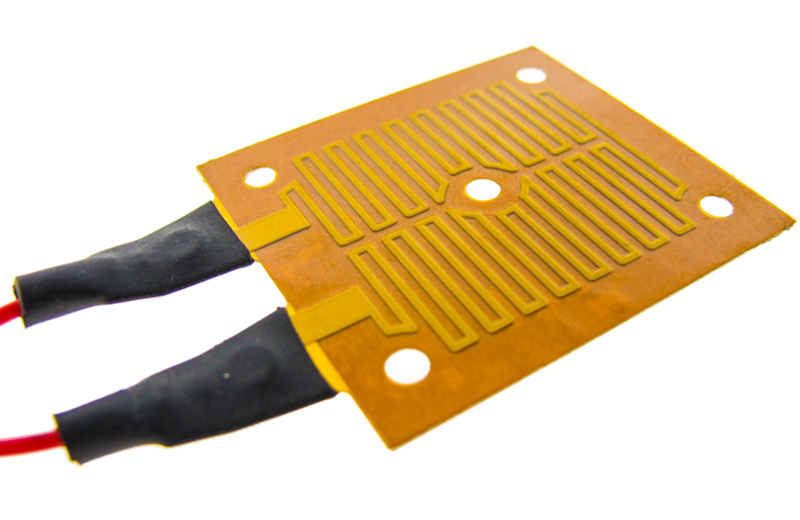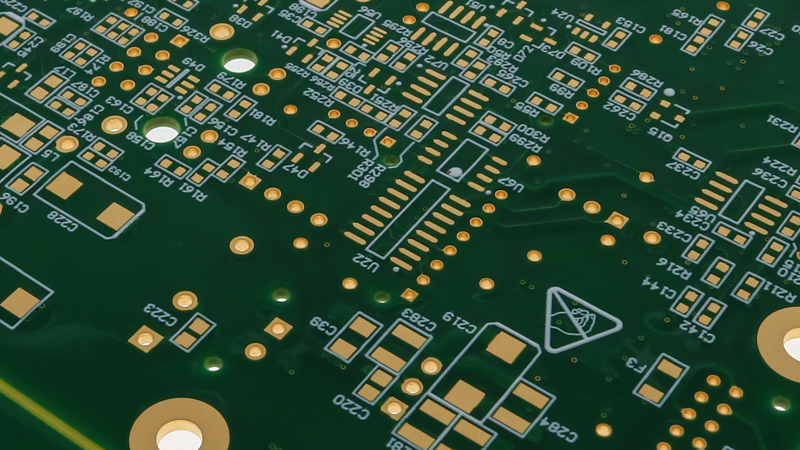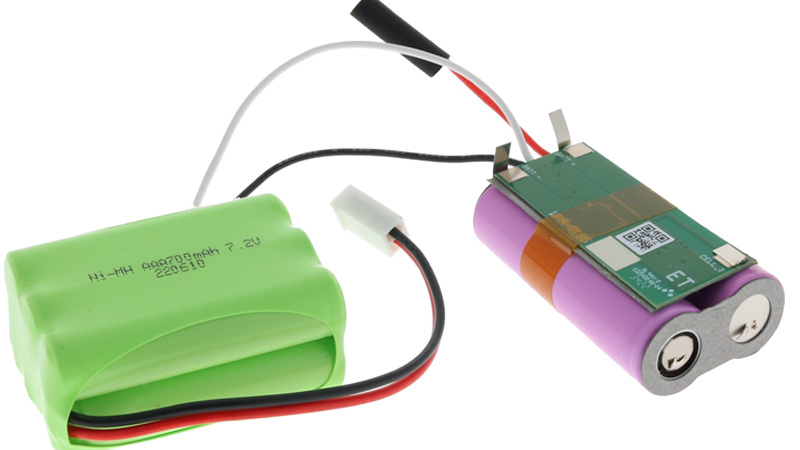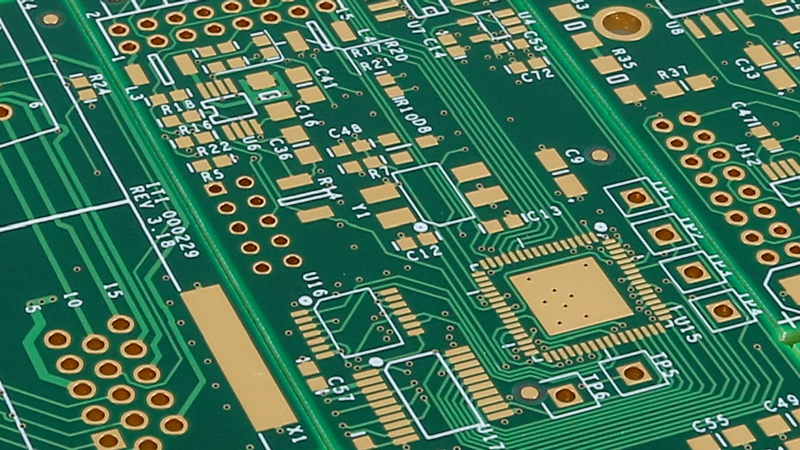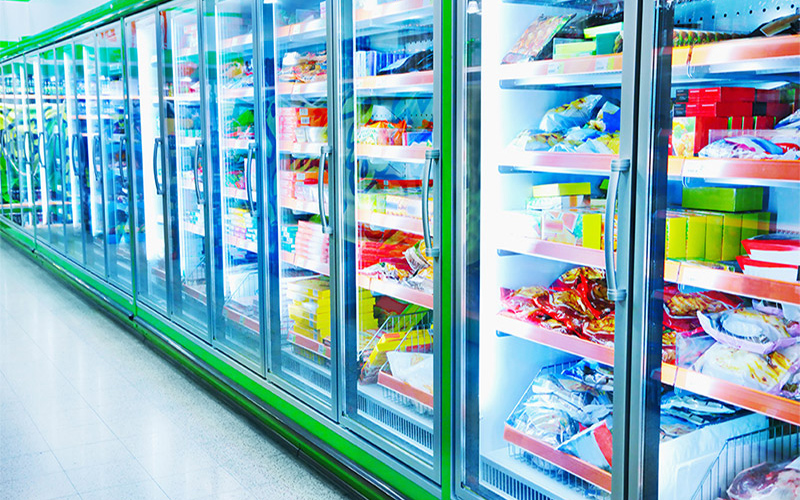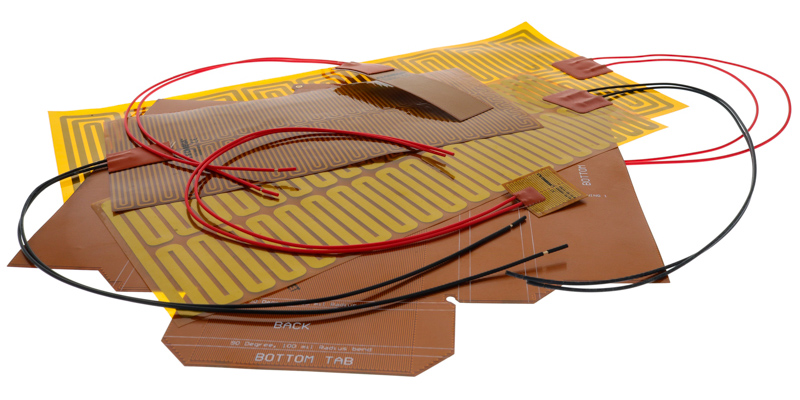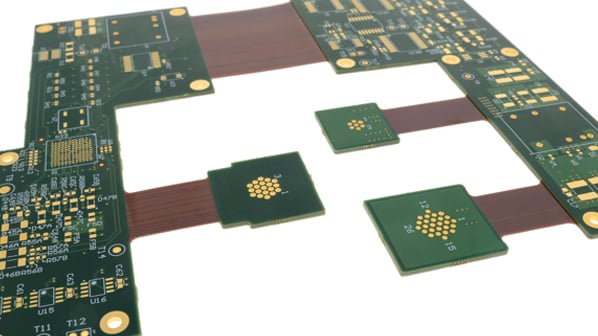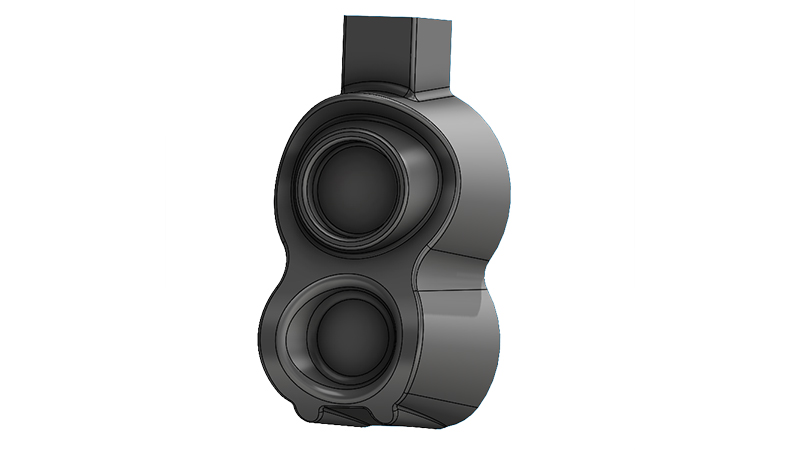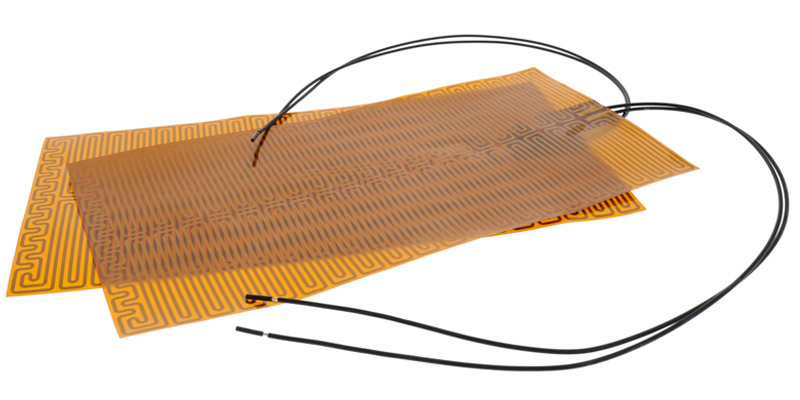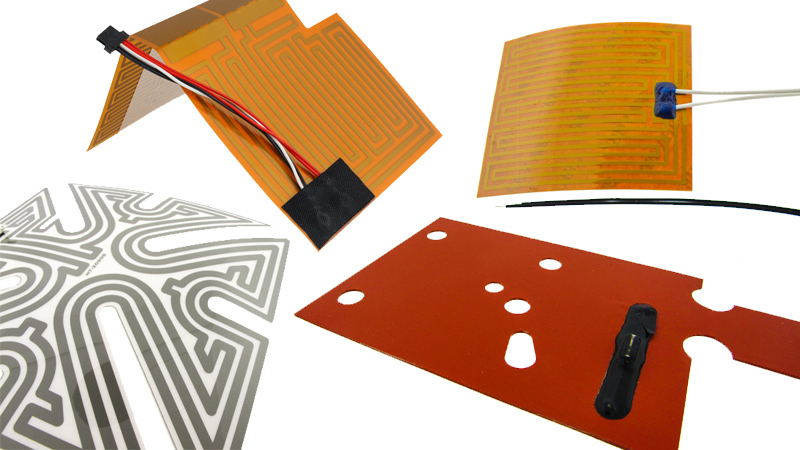When working with flexible heaters, know that they are highly customized, and to successfully work in your application, they must be engineered to meet your specific requirements. These heaters are thin, bendable, and can be designed using the most complex shapes, geometries, and curves to fit almost any type of application.
Epec Engineered Technologies

Recent Posts
In the rapidly advancing world of electronics, few areas are as subject to constant change and innovation as printed circuit board (PCB) technology. The components and laminates that form the backbone of these vital circuit boards are continuously being revised, updated, and even rendered obsolete by the relentless pace of progress.
At the conclusion of our webinar, Standard vs. Custom Battery Packs: Decoding the Power Play, we had several questions submitted to our presenter, Anton Beck, Battery Product Manager at Epec. We have compiled these questions into a readable format on our blog.
At the conclusion of our webinar, Low Layer Count PCBs – Why They Are Not All Created Equal, we had several questions submitted to our presenter, Ed McMahon, CEO at Epec. We have compiled these questions into a readable format on our blog.
In today's modern world, energy efficiency has become a top priority for many industries. One area where significant strides have been made is in refrigeration technology. Flexible heaters have emerged as an innovative solution that has revolutionized refrigeration efficiency.
A polyimide/Kapton® heater is a type of flexible heater made using a thin and lightweight polyimide film called Kapton® that was created by the DuPont company. It is a high-performance material that is resistant to high temperatures, chemicals, and radiation, making it ideal for use in heating applications where other materials would fail.
At the conclusion of our webinar, Flex and Rigid-Flex PCBs: Technical Issues In Data Sets, we had several questions submitted to our presenter, Zachary Walker, Product Manager of Flex and Rigid-Flex Circuits at Epec. We have compiled these questions into a readable format on our blog.
The two main categories of 3D modeling can be defined as solid modeling and surface modeling. Solid modeling consists of extruding and cutting away from solid geometric volumes. This is great for subtractive and additive manufacturing methods such as milling and 3D printing.
A flexible heater typically consists of a heating element, such as a thin film of metal, sandwiched between two layers of flexible insulating material. The heating element is connected to electrical power, and when the power is turned on, the heating element generates heat. The heat is transferred to the surface that the flexible heater is in contact with, providing a localized heating effect.
Designing flexible heaters requires careful consideration of various factors to ensure cost-effective manufacturing without compromising performance or quality. In this blog post, we will explore the top tips for designing flexible heaters that can be manufactured efficiently and economically.


